Frequency Plots – Fans
For these measurements, I set the cooling pump speed to the minimum allowed value (if it is zero, the fan won’t start) so that only the fan noise can be analyzed.
20% Fan Speed
The peak frequency is 20 KHz. I also noticed increased noise at this frequency in the Freezer III 280 and 480 models. There is also a frequency spike at 3.15 KHz.
30% Fan Speed
- Peak frequency: 20 KHz
- Frequency spike: 1 KHz
40% Fan Speed
- Peak frequency: 1 KHz
- Frequency spike: 20 KHz
50% Fan Speed
- Peak frequency: 1 KHz
- Frequency spike: 20 KHz
60% Fan Speed
- Peak frequency: 1 KHz
- Frequency spike: 20 KHz
70% Fan Speed
- Peak frequency: 1 KHz
- Frequency spike: 20 KHz
80% Fan Speed
- Peak frequency: 1 KHz
90% Fan Speed
- Peak frequency: 315 Hz
100% Fan Speed
- Peak frequency: 630 Hz
- Frequency spike: 160 Hz
Frequency Plots – Cooling Pump
For these measurements, I set the AIO’s fan to zero-RPM mode to have only the pump’s noise analyzed.
50% Speed
- Peak frequency: 1 KHz
- Frequency spike: 12.5 KHz
75% Speed
- Peak frequency: 315 Hz
- Frequency spike #1: 1 KHz
- Frequency spike #2: 2 KHz
100% Speed
- Peak frequency: 315 Hz
- Frequency spike #1: 2 KHz
- Frequency spike #2: 2.5 KHz
Signal Recordings
I have recorded the signals shown above, but please keep in mind that I’ve enabled Automatic Gain Control (AGC) to do so to make it easier for you to reproduce them. The provided recordings are only offered for aural identification purposes.
20% Fan Speed
30% Fan Speed
40% Fan Speed
50% Fan Speed
60% Fan Speed
70% Fan Speed
80% Fan Speed
90% Fan Speed
100% Fan Speed
50% Pump Speed
75% Pump Speed
100% Pump Speed
Pages:
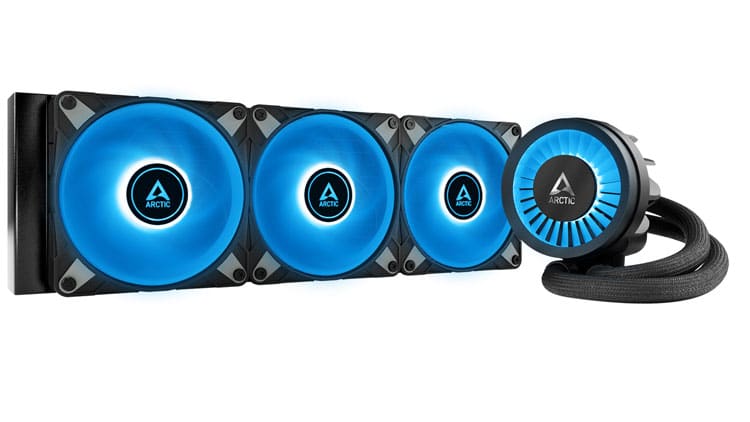



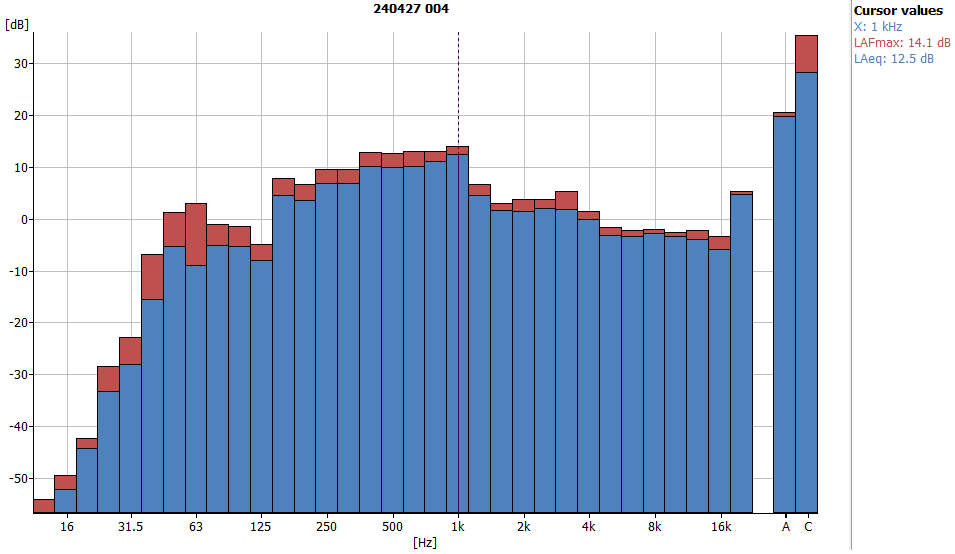
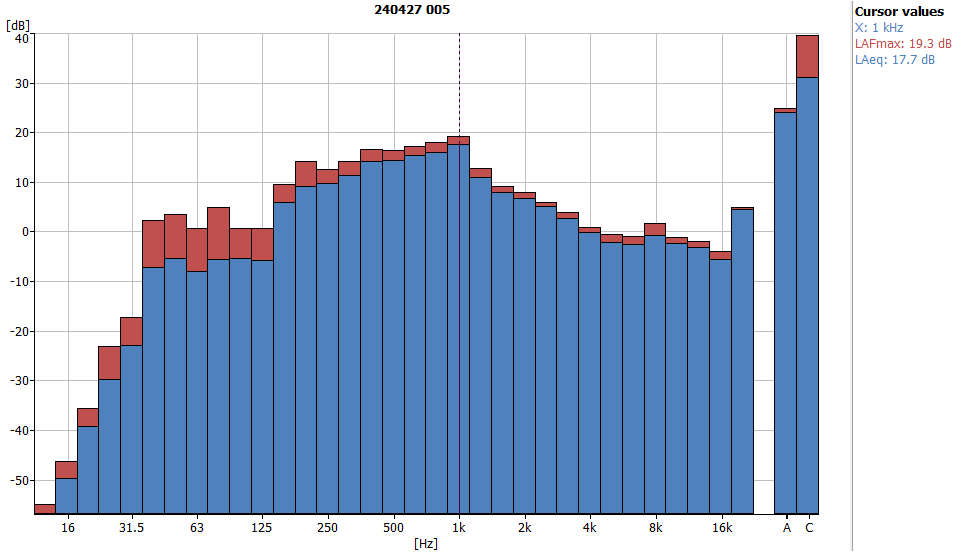
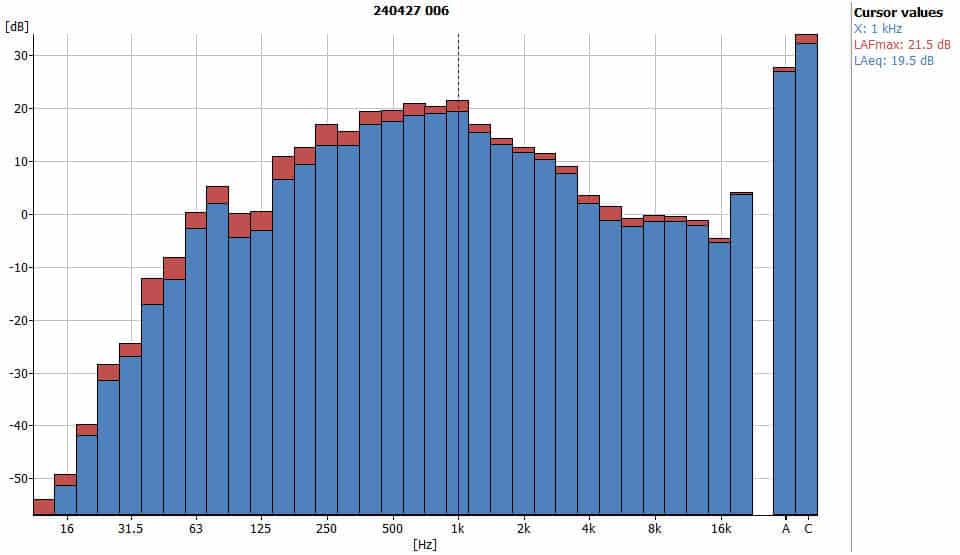

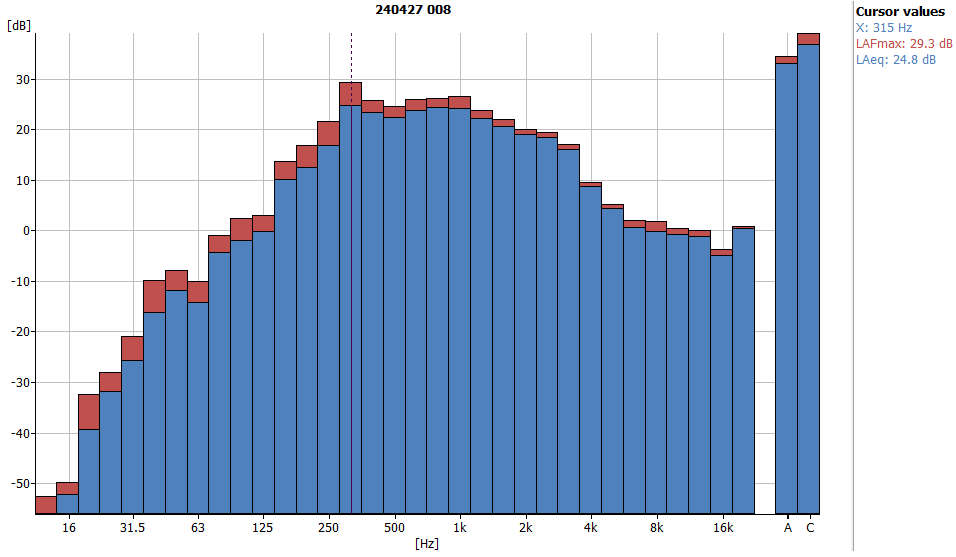
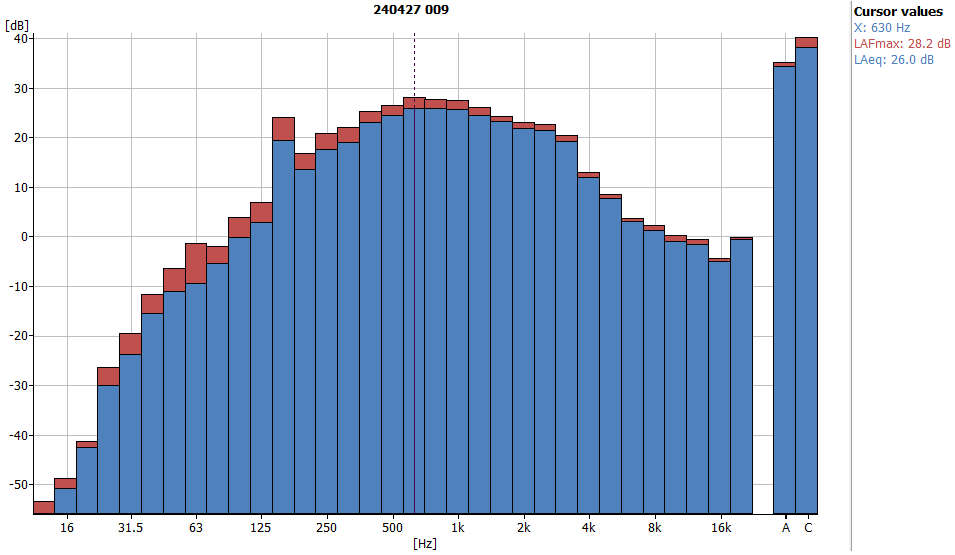
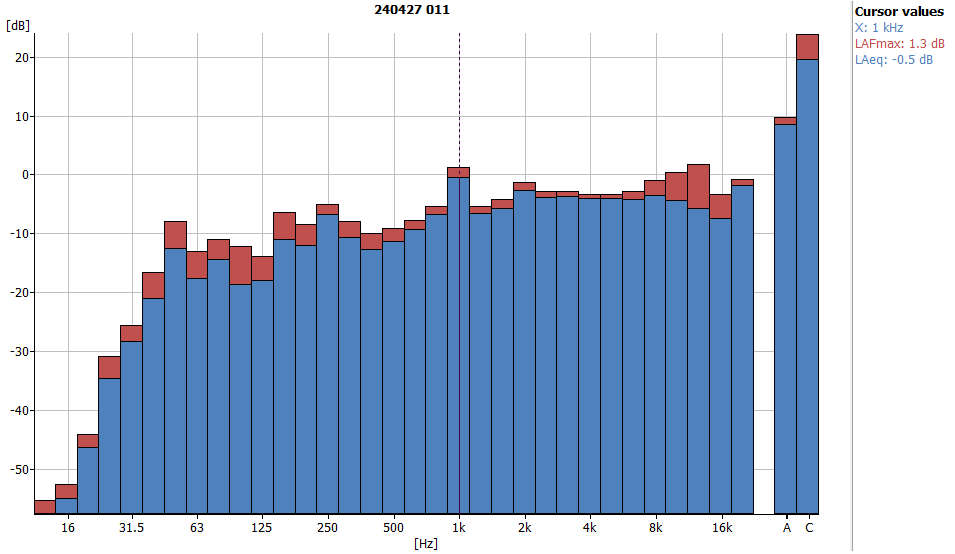
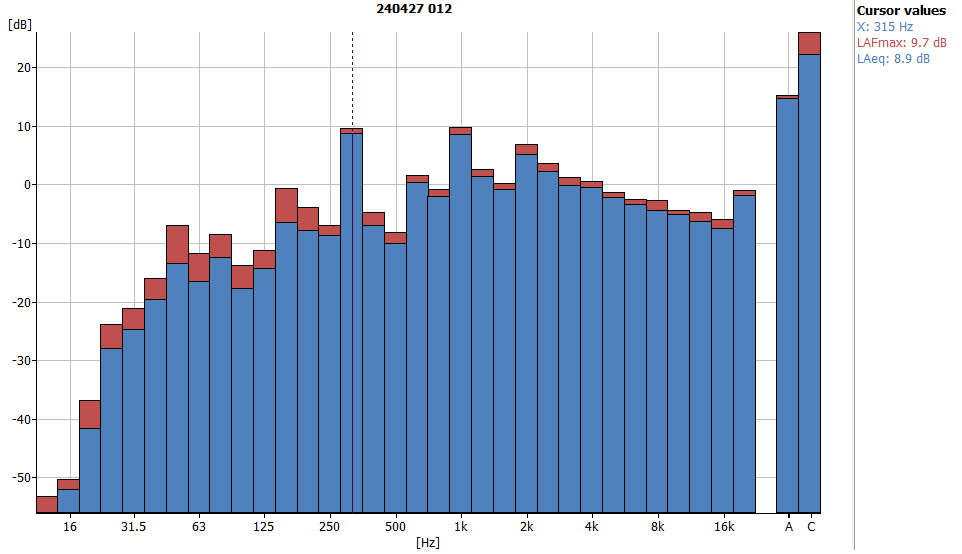
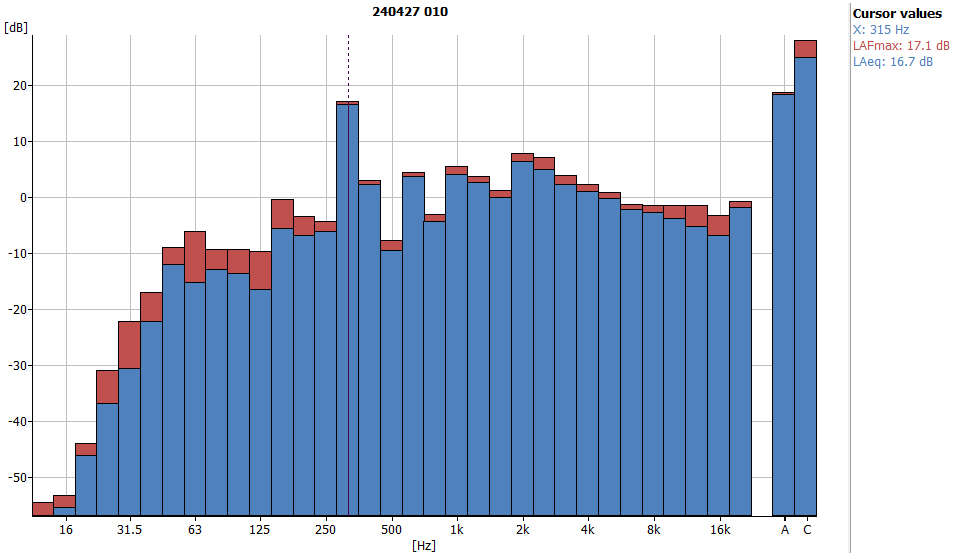
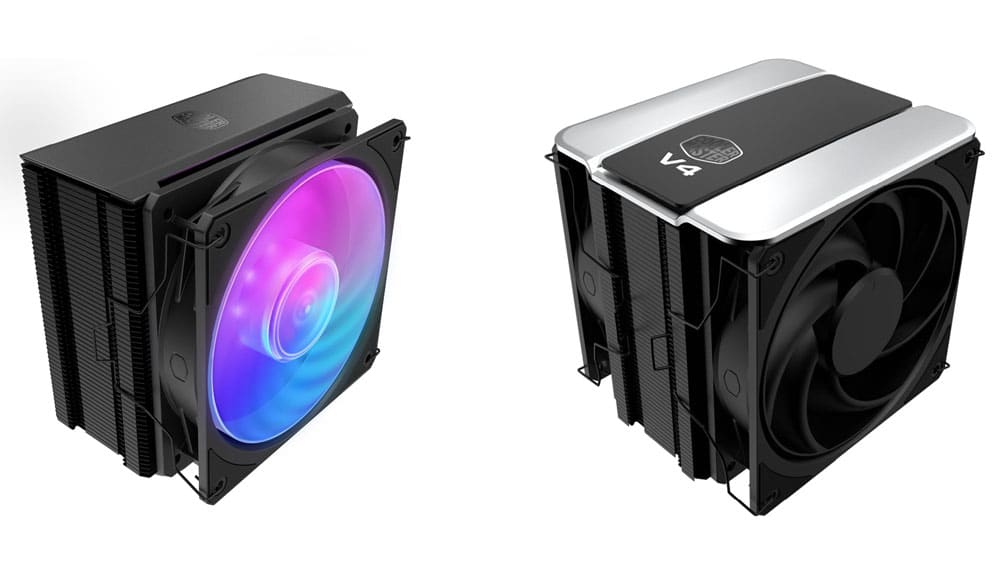

The performance of the 360 is only lower on the LG 1700. It turns out that there is a good chance that the frame pressure provided by Arctica is random.